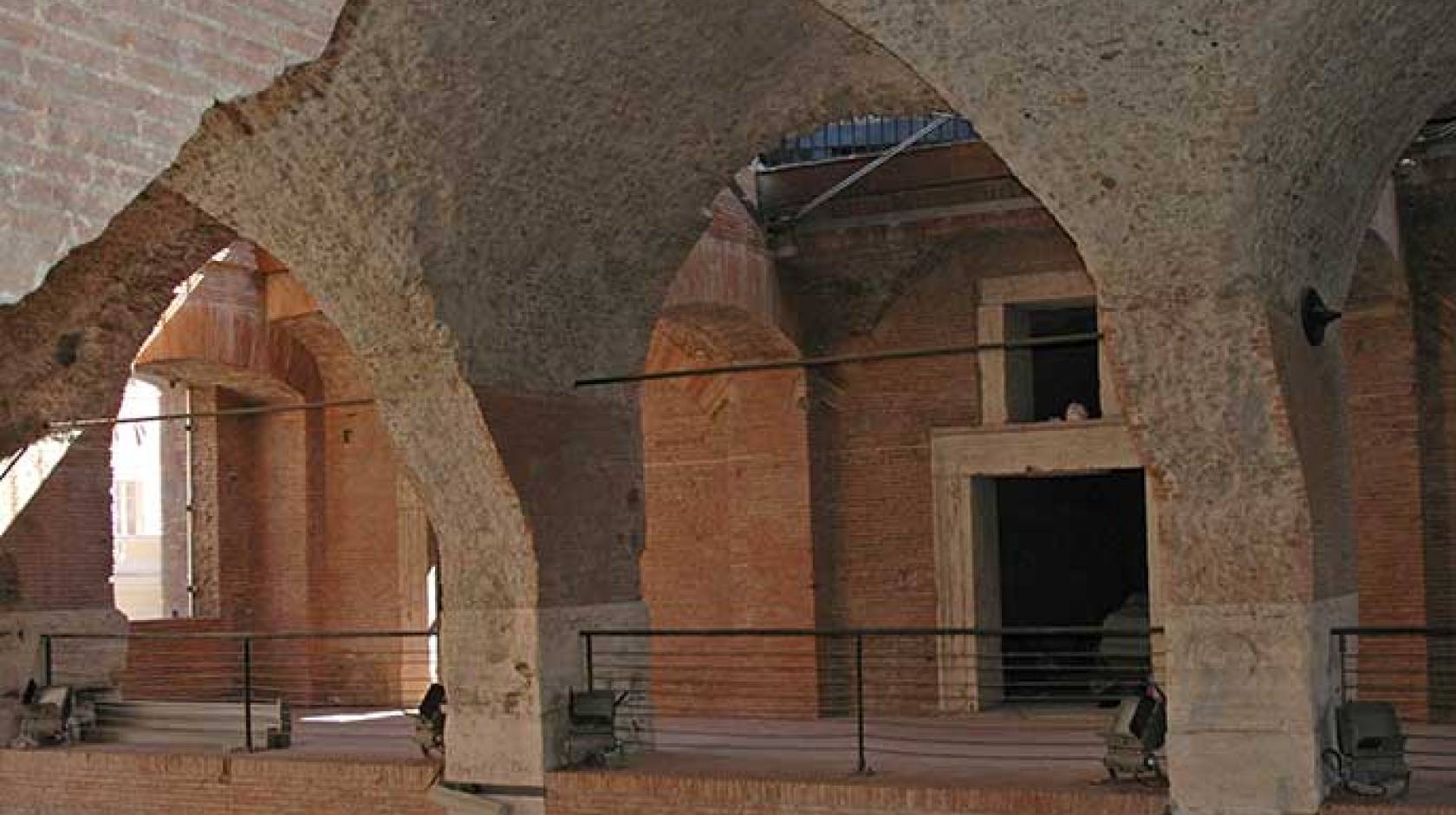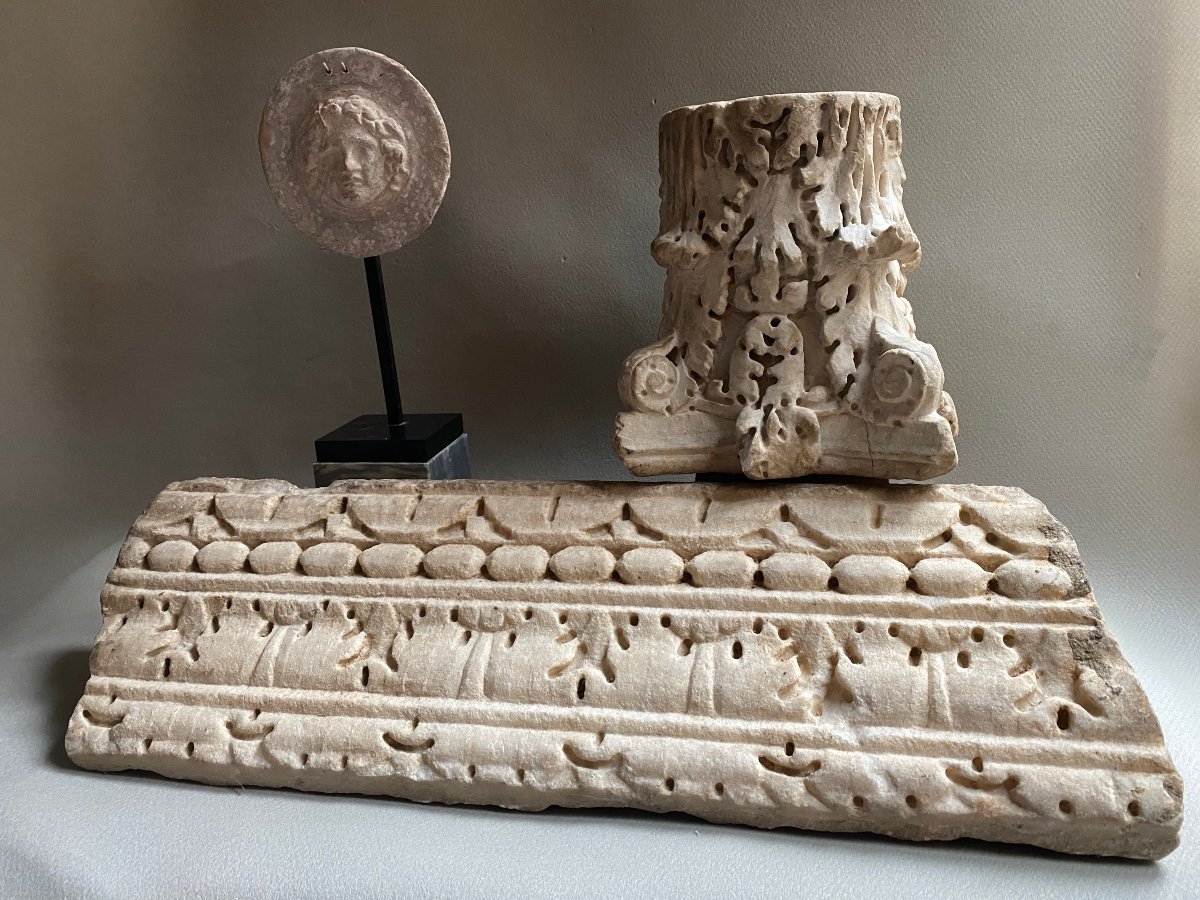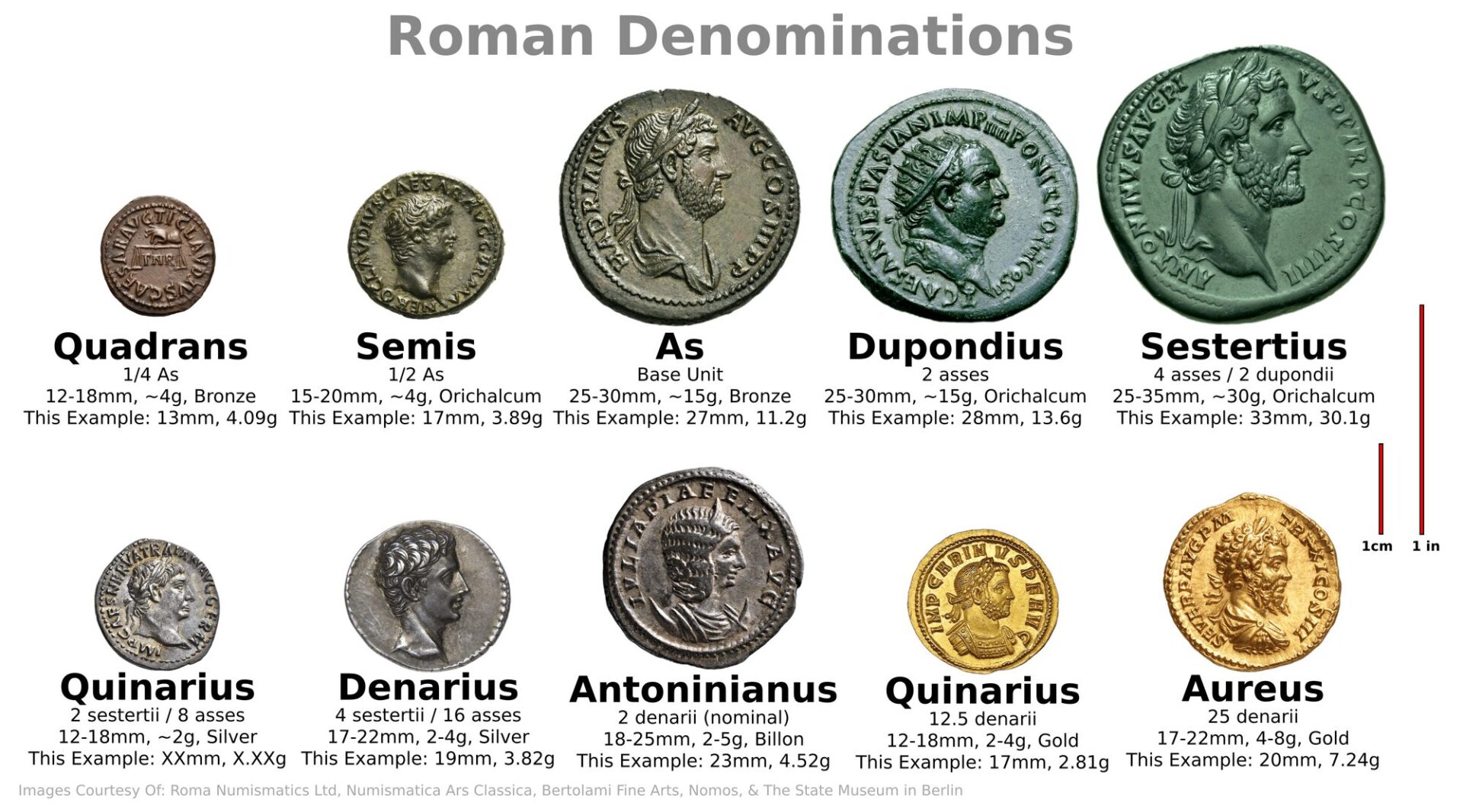Constructed in ancient times, the Colosseum stands as a marvel of Roman engineering and culture. Built nearly two thousand years ago, this monumental arena was a place for gladiatorial contests and public spectacles, reflecting the wealth and grandeur of the Roman Empire. The construction was a massive undertaking, involving vast resources of both labor and materials.
The Roman currency system provides some insight into the costs involved. It’s estimated that the entire construction might have reached around 100 million sesterces. This feat included the excavation of foundations, vast amounts of concrete and stone, and intricate decorative elements. While it’s challenging to convert such costs into modern terms accurately, a rough comparison suggests the Colosseum’s expense may be astronomical even by today’s standards.
Key Takeaways
- The Colosseum’s construction required extensive resources and planning.
- Financial estimates suggest it was an immensely costly project.
- Modern equivalents of the cost highlight its historical significance.
Roman Economy in Historical Perspective
The Roman Empire had an economic system that revolved largely around agriculture, trade, labor, and monumental building projects. The construction of such grand structures as the Colosseum highlights the complexity and scale of the Roman economy.
Labor and Costs
The use of labor during the Roman era was extensive, often involving thousands of workers, most of whom were unskilled day laborers rather than slaves. Daily wages for laborers were around four sesterces, and significant projects like the Colosseum required massive amounts of manpower. For instance, clearing the Colosseum’s foundation alone was estimated to have required about 125,000 man-days of labor.
Materials and Techniques
Roman builders utilized a variety of materials like travertine, tufa, and marble, each varying in cost and application. Travertine, used for key structural elements, was expensive due to its weight and difficulty to work with. The Romans also pioneered the use of concrete, which was not only strong but also affordable and could be utilized extensively by unskilled workers.
Monetary Value
Calculating the costs in Roman currency, the Colosseum’s construction might have reached up to 100 million sesterces. This value gives an insight into the staggering financial commitments of the Roman state for public architecture, showcasing the empire’s wealth and ability to mobilize extensive resources.
The economy was nuanced, with costs fluctuating based on materials, labor, and other logistical challenges. These monumental projects reflect both the grandeur of the Roman Empire and its sophisticated economic practices.
Estimating the Colosseum’s Foundations Cost
The Colosseum’s construction started with the massive task of digging a foundation trench that covered the entire area of the building’s footprint and reached over 8 meters deep. This initial step involved the removal of approximately 170,000 cubic meters of earth and stone. Excavating this foundation engaged thousands of workers. While it might seem that slaves were primarily used, the reality is that most of the laborers were unskilled, hired on a daily basis.
Using an old construction manual, experts have estimated that about 125,000 man-days were required to clear the foundation trench, considering the challenges like cutting into bedrock and dealing with high water levels. Given that a laborer typically earned around four sestertii per day, the labor costs for this excavation were estimated to be close to 500,000 sestertii.
The foundation of the Colosseum, with its elliptical shape approximately 60 meters wide, consisted of two parts: a seven-meter-thick lower concrete foundation and a six-meter-thick upper concrete foundation featuring service passages. Roman concrete, known for its strength and affordability, was made using locally available materials. This allowed the structure to be built mainly by unskilled workers. The total volume of the upper and lower concrete foundations was around 250,000 cubic meters. It is estimated that each cubic meter of this concrete equated to the wages of 10 days for a laborer, bringing the total cost of the foundation to around 10 million sestertii.
Roman Concrete and Its Economy
Roman concrete was remarkable for its strength, durability, and cost-effectiveness. The materials needed were sourced locally, making it an economical choice for large structures. Unlike modern concrete, which is poured, Roman concrete was laid in layers. Builders would first construct brick or stone walls to act as molds. Then they filled these molds with rubble and topped it with pozzolanic mortar, pounding it firm with wooden mallets.

Construction Techniques
The Colosseum’s foundations serve as an example of Roman engineering. They consisted of two main layers, both made of concrete. The lower foundation stretched to a depth of seven meters, while the upper layer measured six meters thick and included service passages. This example of Roman concrete involved a significant volume—approximately 250,000 cubic meters of materials.
Labor and Cost
Building with Roman concrete was labor-intensive, involving a vast workforce. Skilled labor was not as necessary as it was for masonry, allowing for reduced costs. The wages of a laborer at the time influenced the price estimates, with each cubic meter of concrete estimated to equal about ten days’ wages.
Significance in Construction
The use of concrete in the Colosseum and other large Roman structures demonstrated the material’s versatility and cost-effectiveness. Despite the challenges of using large amounts of stone such as travertine, the combination of concrete and other materials resulted in grand constructions that have stood the test of time.
Aboveground Structure: The Role of Travertine
The Colosseum’s external walls and interior support columns were crafted using large blocks of travertine stone. Travertine, sourced from Tivoli and transported by river barge, formed approximately one-fiftieth of the total quarrying quantity by the Romans. Each block weighed around four tons and was hoisted into position using basic treadwheel cranes.
Using rough calculations, they needed about 100,000 cubic meters of travertine for these parts of the structure. Constructing with travertine was not a simple job. The stone is quite dense and challenging to shape, resulting in high expenses for labor and transport. An individual cubic meter is estimated to have cost the equivalent of 100 days’ wages for a laborer. Working at great heights, sometimes up to 50 meters, required additional effort and resources. Iron, used for clamps, was also a costly material, adding to the expenses.
Despite these challenges, the massive undertaking was crucial in creating a majestic and durable superstructure that supported the immense weight and activity within the Colosseum.
Complexities of Constructing Vaults and Substructures
Building the vaults and the intricate substructures beneath the Colosseum was a challenging task. These parts required about 100,000 cubic meters of materials, mainly tufa and concrete. Tufa, a soft volcanic stone, was significantly cheaper than travertine. Concrete was also relatively affordable at the time.
Materials Used:
- Tufa: Soft volcanic stone, cheaper than travertine.
- Concrete: A cost-effective option due to local availability.
The cost-effectiveness of the materials, however, did not make the construction process straightforward. The complexity of creating numerous vaults, ramps, and passageways added difficulty and expense to the project.
Estimated Costs:
- Substructures and Passageways: 20 million sestertii
The process involved careful planning and precise construction techniques to ensure the stability and functionality of these essential components. Despite using less costly materials, the labor and skill required to complete these sections were significant factors in the overall construction costs.
Marble Seating and Material Costs

Creating the seats in the Colosseum was a significant part of the construction process. The seating tiers, primarily made of Carrara marble, were costly despite being one of the most affordable marbles available at the time. Each cubic meter of this marble was equivalent to about 150 days’ wages for a laborer.
For the lower tier intended for senators, marble was used entirely. Higher tiers had seats supported by brick structures, covered with marble slabs. It is estimated that approximately 5,000 cubic meters of marble were used for the entire building.
Regarding costs, the marble used throughout the Colosseum was presumed to be around three million sesterces. This reflects the expense involved, given the quality and quantity required for such a grand architectural endeavor.
Finishing Details: Statues and Decorations
The conclusion of the Colosseum’s construction involved intricate details including life-sized statues and elegant decorations. More than 150 statues filled the arches in the upper levels, portraying gods, heroes, and other figures. Each statue was carefully crafted, contributing significantly to the visual grandeur of the structure.
Inside, walls were covered with plaster and brightly painted, adding to the overall aesthetic. Water fountains with lead pipes were installed throughout for visitor convenience. These practical and artistic touches showcased Roman engineering and artistry at its finest.
Creating these artistic elements was not a minor expense. The statues alone, based on documented prices from the time, cost over a million sesterces. The final additions and decorations collectively amounted to an estimated 2.5 million sesterces. These details added to the spirit and prestige of the Colosseum, making it more than just an arena—transforming it into a monument of Roman culture and prowess.
Cost and Comparison to Other Roman Works
The construction of the Roman Colosseum was a monumental project with a significant financial outlay. Estimating the cost from historical accounts, the expense was about 100 million sestertii. At that time, this sum was vast, considering the average Roman laborer earned about 1,000 sestertii annually.
The building process involved various stages and materials. Excavating the foundation, estimated at 125,000 man-days of labor, cost roughly 500,000 sestertii. The foundation itself was built using 250,000 cubic meters of rubble and concrete, with each cubic meter equating to the wages of 10 laborer days. This amounted to around 10 million sestertii.
The structure’s outer walls and support columns required about 100,000 cubic meters of travertine, a costly material. Each cubic meter needed the equivalent of 100 days of labor, totaling approximately 50 million sestertii for this single element.
Other components like the substructures and passageways, made mostly from tufa and concrete, amounted to about 20 million sestertii. Marble, while a less costly variety, still incurred a substantial cost; the estimate for the marble used across various sections of the Colosseum was about 3 million sestertii. Finished features including plastered corridors, lead water pipes, and numerous statues contributed additional costs. Such finishing touches collectively added around 2.5 million sestertii.
In historical context, the Colosseum was not the most expensive of Roman constructions. Emperor Domitian‘s work on the Temple of Jupiter, with gilding alone, reached costs of nearly 300 million sestertii. The Aqua Claudia and Aqua Anio Novus aqueducts had a combined expenditure of 350 million sestertii. Trajan’s Forum, another monumental construction, possibly approached nearly a billion sestertii, overshadowing the Colosseum in terms of financial investment.
Translating Ancient Money to Today’s Values

The Roman economy used a currency called the sestertius. It was a brass coin worth a quarter of a denarius. To put this into context, one sestertius could purchase two loaves of bread, four cups of low-quality wine, or a cup of fine wine. A simple tunic cost approximately 15 sestertii, while the yearly rent for a comfortable apartment ranged from 300 to 500 sestertii. Workers who did unskilled labor earned about 1,000 sestertii per year.
The construction of the Colosseum involved enormous foundation work, requiring about 125,000 man-days of labor to remove 170,000 cubic meters of rocky soil. Workers likely earned around four sestertii a day, putting the excavation cost at roughly 500,000 sestertii. The foundation was made from Roman concrete, which was cost-effective, and it used local materials. This foundation consisted of about 250,000 cubic meters, costing approximately 10 million sestertii overall.
Using travertine stone, the main structure of the Colosseum involved an additional 100,000 cubic meters of material. This was about 2% of the total travertine ever quarried by the Romans. Each cubic meter of stone cost the equivalent of 100 days of a laborer’s wages. Consequently, the overall cost of these travertine components likely reached 50 million sestertii. Furthermore, substructures crafted with tufa and concrete added around 20 million sestertii to the expense.
Marble was another material used, mostly for the seating. While marble was costly, it was less expensive than travertine at about 150 days of labor per cubic meter. An estimated 5,000 cubic meters of marble were used, costing nearly 3 million sestertii. Finishing touches, including statues and amenities, added around 2.5 million sestertii.
Combining all these factors, the estimated cost to construct the Colosseum in Roman times was about 100 million sestertii. By comparison, the average income of a Roman laborer was 1,000 sestertii annually, making the Colosseum an immense financial undertaking. Converting these costs into modern values remains complex, but a single sestertius is estimated to have the purchasing power of roughly $20 today.
